Your cat is talking to you constantly, though you might not even realize it. While most people recognize the obvious meows and purrs, there’s an entire world of quieter, more nuanced vocalizations happening right under your nose. These subtle sounds are often the most meaningful because they represent your cat’s more intimate attempts at communication.
Think about it this way: when you whisper to someone, it usually means you’re sharing something more personal or important. Up to 21 different vocalizations have been observed in cats, and many of these are so soft you might miss them if you’re not paying close attention. Let’s explore these fascinating whisper-level conversations your feline friend is having with you every day.
The Silent Meow
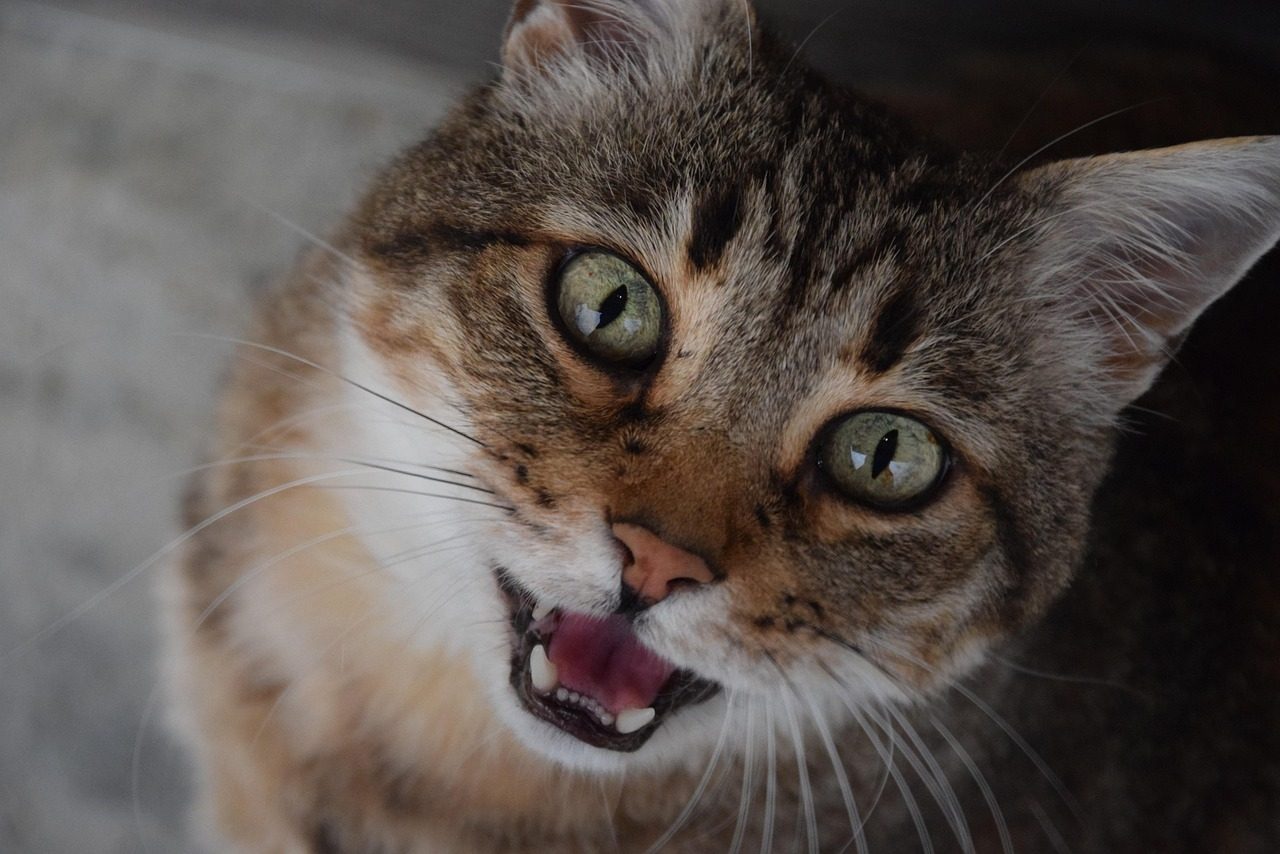
You’ve probably seen it: your cat opens their mouth, their face shows all the expression of a meow, but no sound comes out. The occasional ‘silent meow’ is common among felines and nothing to worry about and some cats do use this more often than others. For many cats, the quiet meow simply is a substitute for a classic meow.
Here’s the fascinating part: it may be that your cat actually isn’t meowing without sound; rather, it’s just too quiet for you to hear. Therefore, if a cat can hear a high-pitched meow well above what a human is capable of hearing, then it’s worth the cat’s time to make that sound. Your cat might actually be making very quiet sounds that are difficult for humans to detect. Some cats have learned that this particular gesture gets immediate human attention, making it an incredibly effective communication tool.
Soft Chirps and Chirrups
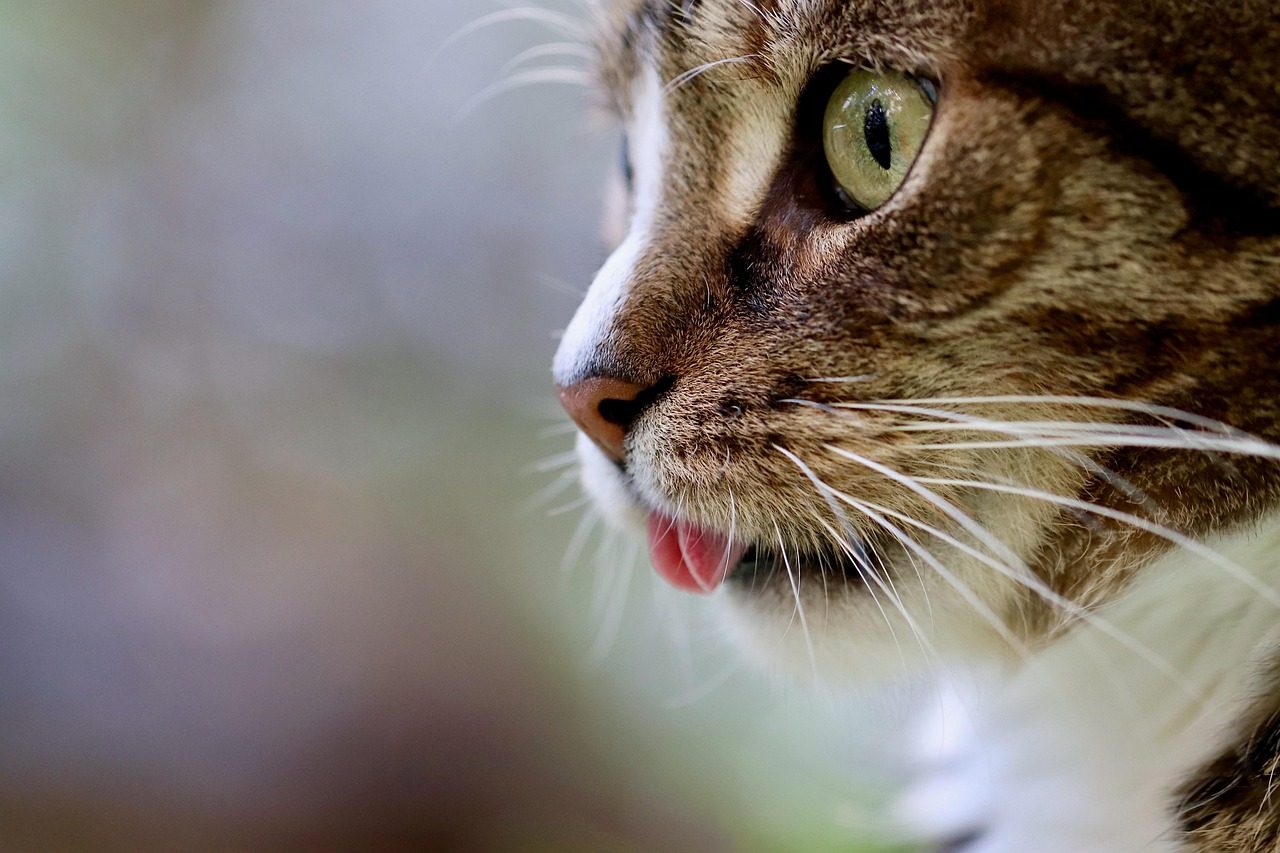
A chirp is a short, high-pitched call that sounds similar to a bird (hence the name). A sequence of chirps is called chirrups. These delicate bird-like sounds are much more subtle than regular meows but carry significant meaning.
Chirps and trills are how a mother cat tells their kittens to follow them. Aimed at you, it probably means your cat wants you to follow them, usually to their food bowl. Learned in kittenhood, these birdlike utterances are slightly more declarative cat noises than a meow. Originally used by mothers to tell kittens to pay attention and follow her, your cat may chirp in an effort to get you to pay attention to her or as a way to get you to check out something she deems important. It’s essentially your cat saying “come here, I have something important to show you.”
Gentle Trills
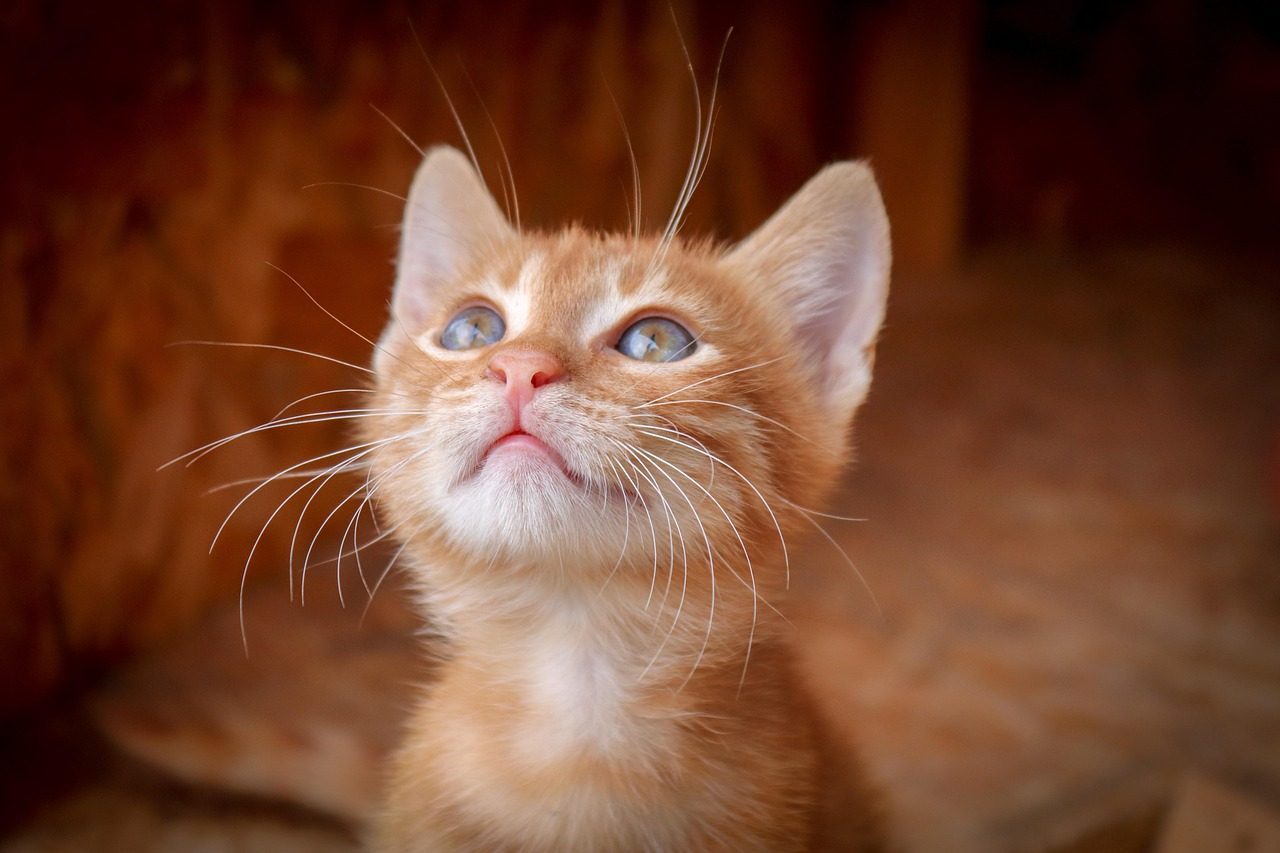
A trill is produced with a soft voice and sounds like a purr but with a higher pitch. Cats may trill to greet and thank their human family members for something, such as a snack or a pet. Think of it as your cat’s version of a cheerful “hello there!” or “thank you.”
It’s a soft, rolling, chirruping noise that cats often use in greeting or when they’re happy. When your cat trills at you, it might be saying hello, asking for attention, or expressing its contentment. The trill is like a warm handshake in cat language. Trilling is used by both male and female cats, though it may be slightly more common in females. This is in part due to the fact that when kittens are very young, the mother cat will often trill at them as a cue to encourage the kittens to follow her or as a strategy to capture their attention.
Squeaks and Tiny Peeps
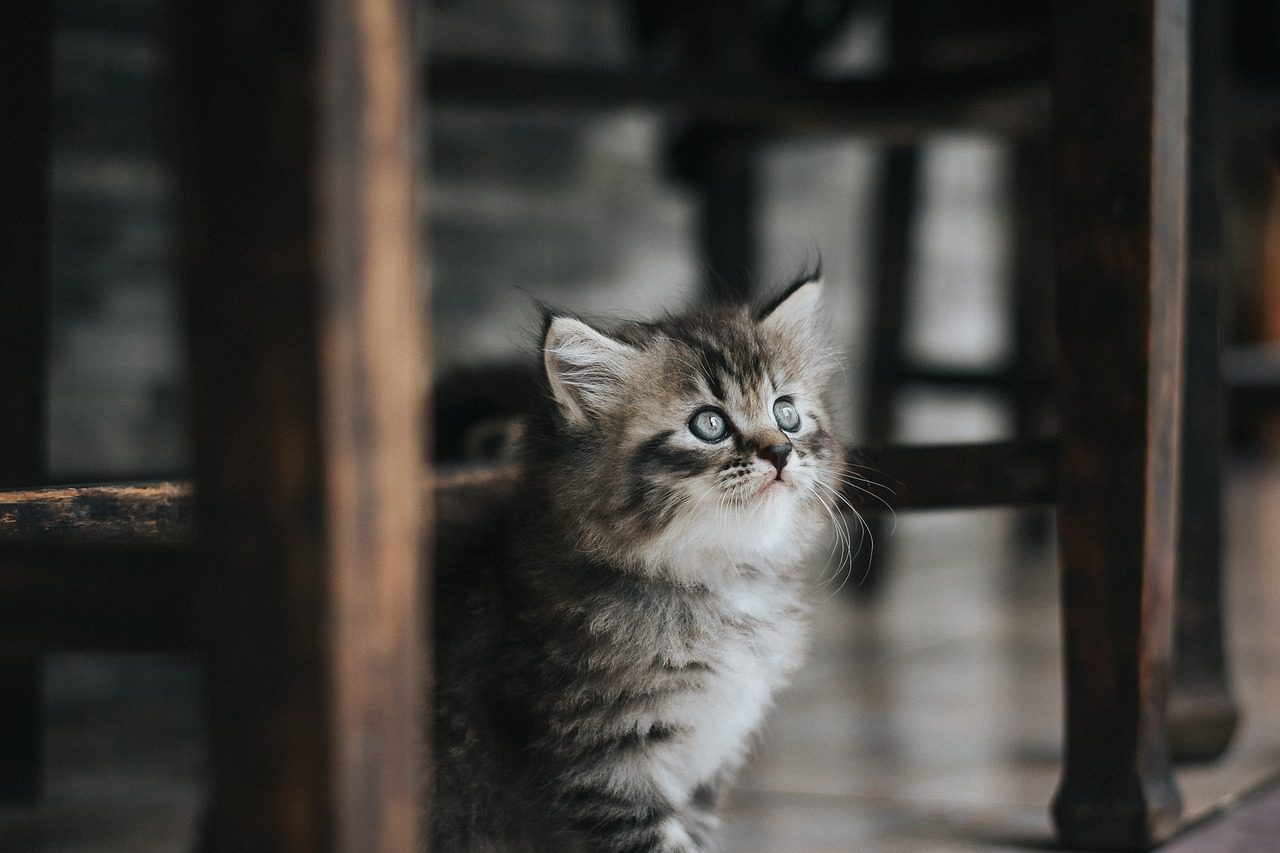
Some cats produce the tiniest squeaks that sound almost like a mouse or a squeaky toy. Over the last year or two, he’s started meowing very quietly. It’ll be high pitched. It may even sound like a squeaky toy or make no sound at all. These miniature vocalizations are often overlooked but represent some of the most endearing attempts at communication.
If your cat has never been one to meow, their squeaking might be their way of getting your attention. For example, if they want you to follow or are imploring you to feed them, a squeak might be the most attention-grabbing noise they can make. These tiny sounds often indicate your cat is being polite or tentative in their request. It’s like they’re raising their hand quietly in class rather than shouting out the answer.
Whispered Mews
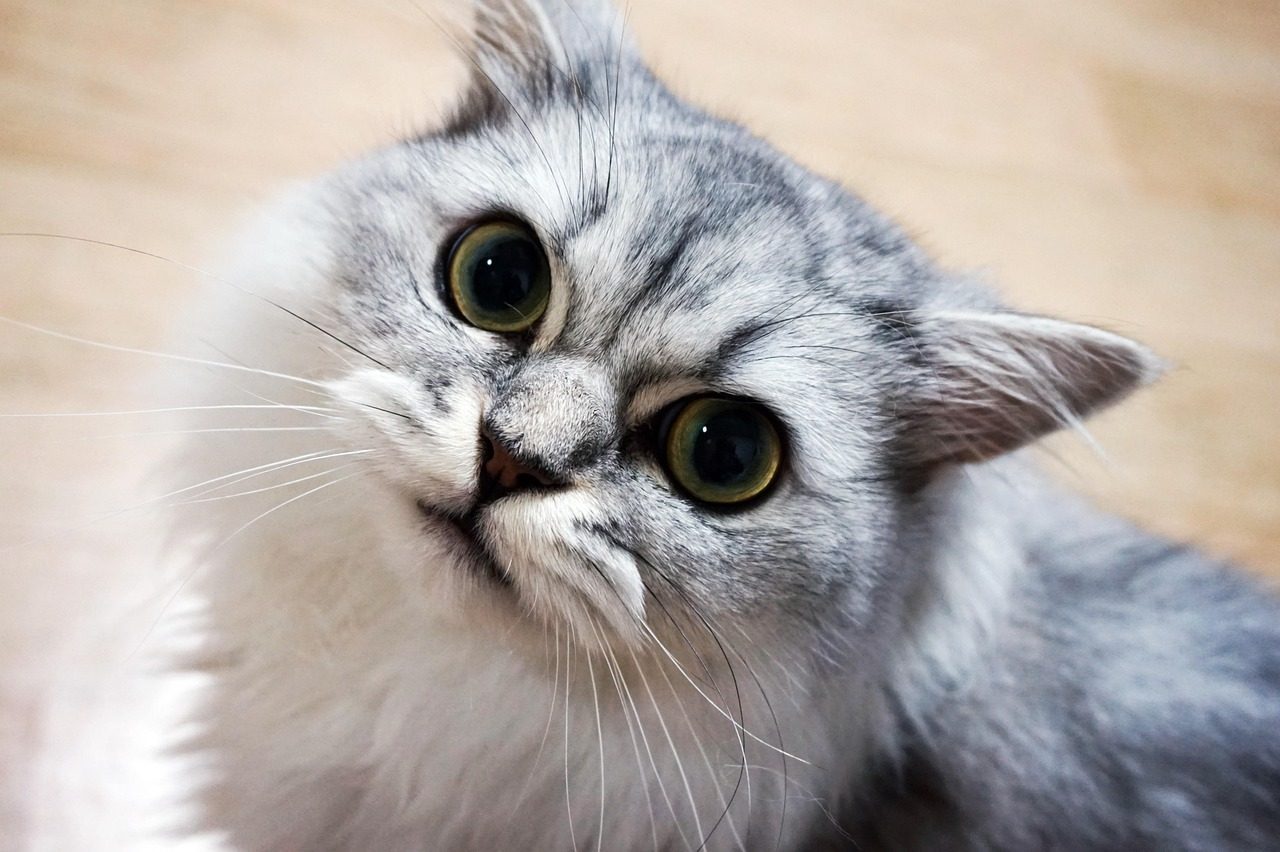
Squeaks and moans also fall under the meow heading. These barely audible versions of regular meows show that your cat is communicating but perhaps doesn’t want to be too demanding. They’re the feline equivalent of stage whispers.
The meow can include a mew, squeak, moan and combination of sounds. It can mean anything from friendly greeting to an angry demand to sorrow to a polite request – and everything in between. When delivered at whisper volume, these mews often indicate your cat is being respectful of your space or the environment while still trying to get their point across.
Subtle Chattering
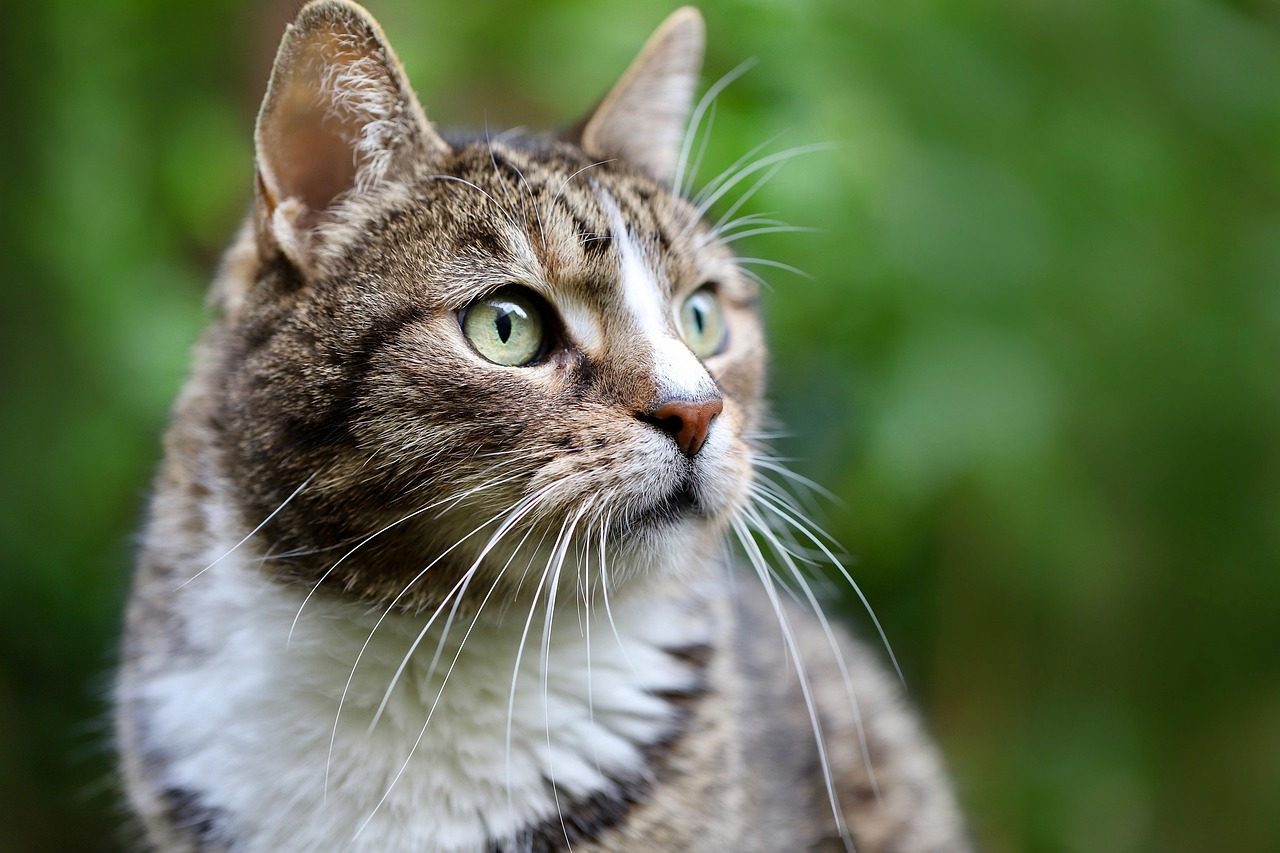
Chattering, also called twittering, is a low smacking sound produced by a rhythmic clashing of the jaws. It is usually voiceless (produced without using the vocal cords). While you might notice the obvious teeth-chattering when your cat spots a bird, there’s often much quieter versions of this behavior.
Cat “chatter” is a quiet, fast-paced “ack-ack-ack” sound, or a clicking sound that cats make when they see birds or other animals outside. We don’t fully understand this behavior, but because it seems to almost exclusively happen when cats see prey that they can’t access – like through a window – we think it might be frustration or excitement. Sometimes this chattering is so quiet you might only notice the jaw movement rather than hear any actual sound.
Soft Grunts and Huffs
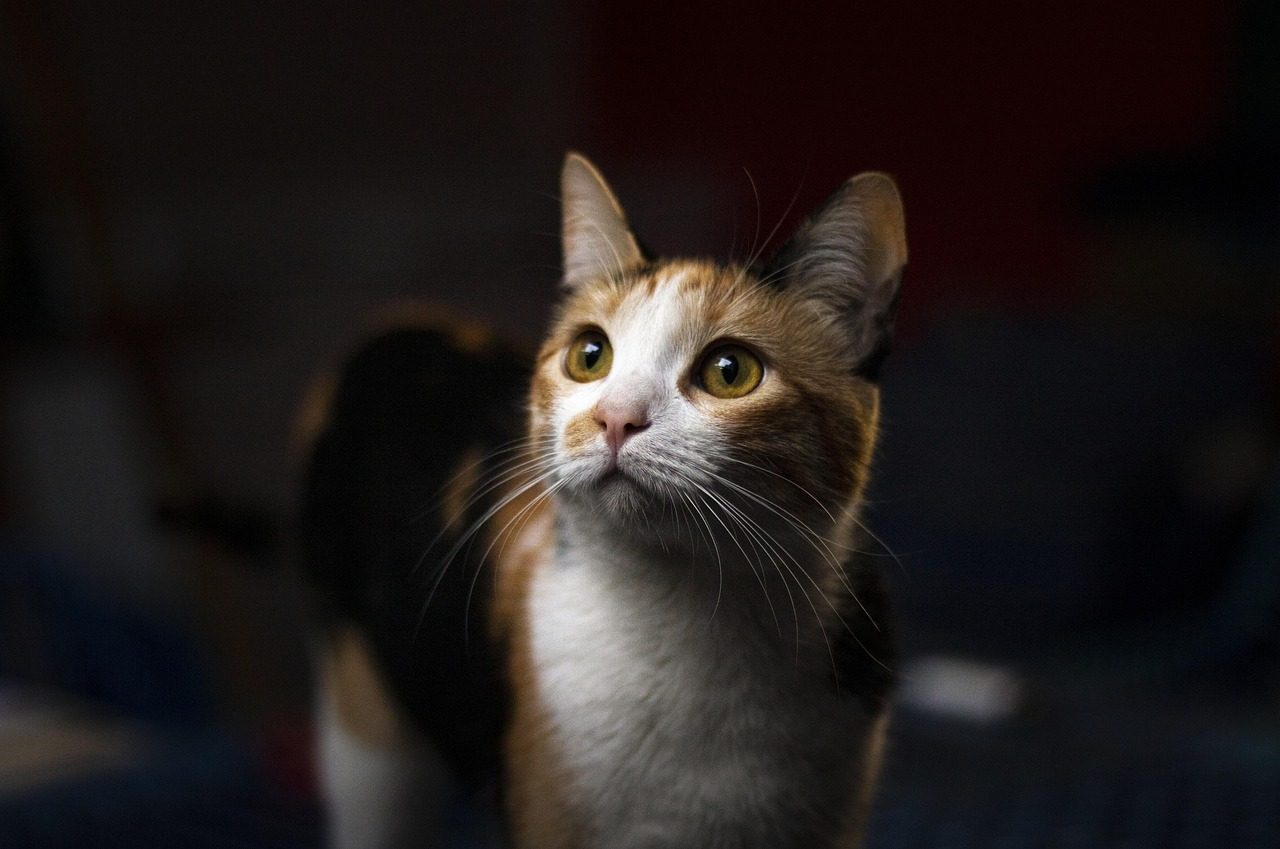
He grunts when jumping up or down, makes happy nom-nom-nom noises when eating, hums when digging in the litter box, murmurs when settling in for sleep, and has heart-melting purrs. These little effort sounds often go unnoticed but reveal so much about your cat’s state of mind and physical comfort.
These gentle grunts aren’t complaints, they’re more like involuntary commentary on daily activities. When your older cat makes a small “oof” sound while jumping onto the couch, they’re not necessarily in pain, they might just be making the same kind of sound humans make when settling into a comfortable chair. It’s their way of acknowledging the effort while still maintaining their dignity.
Breathy Sighs
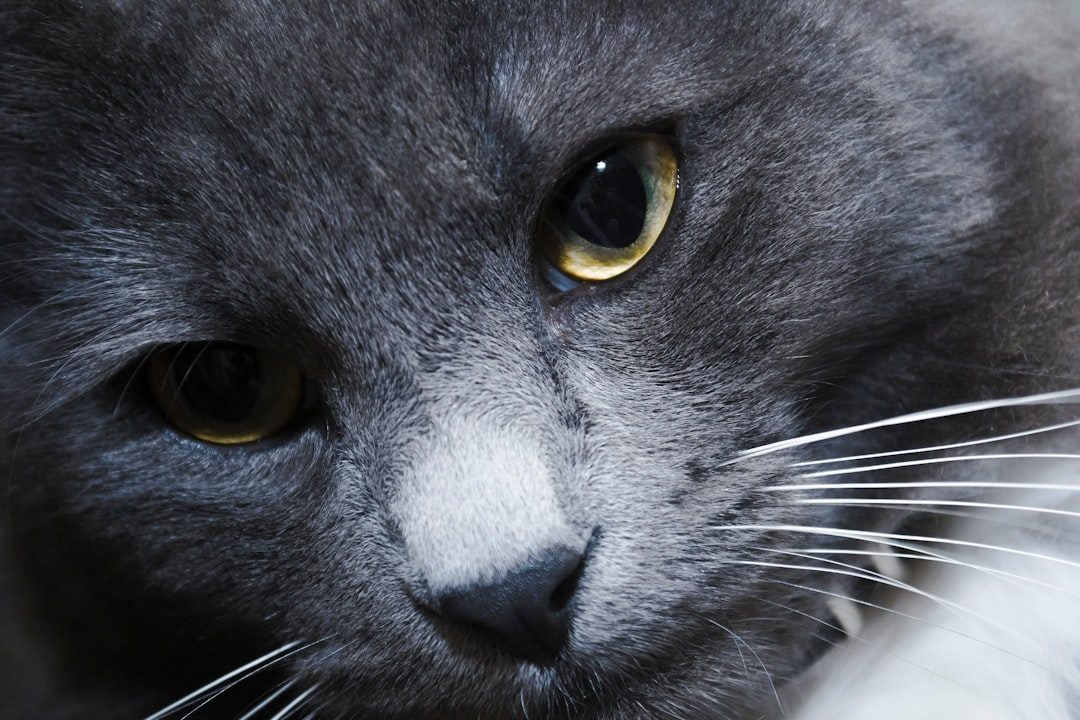
He meows in a way that sounds like breath. I thought when he was a kitten that he was adorably hissing at me, over time I realized the slight hiss of his breath is his only sound. Some cats communicate through what sounds like gentle exhales or breathy sounds rather than traditional vocalizations.
These breath-based communications can indicate contentment, mild frustration, or simply your cat’s unique way of acknowledging your presence. It’s like they’re saying “I see you” or “I’m here” without making a big production of it. Did your cat just let out an exasperated sigh? Does it sound like your kitty’s scolding you for missing food time by five minutes?
Murmurs and Mumbles
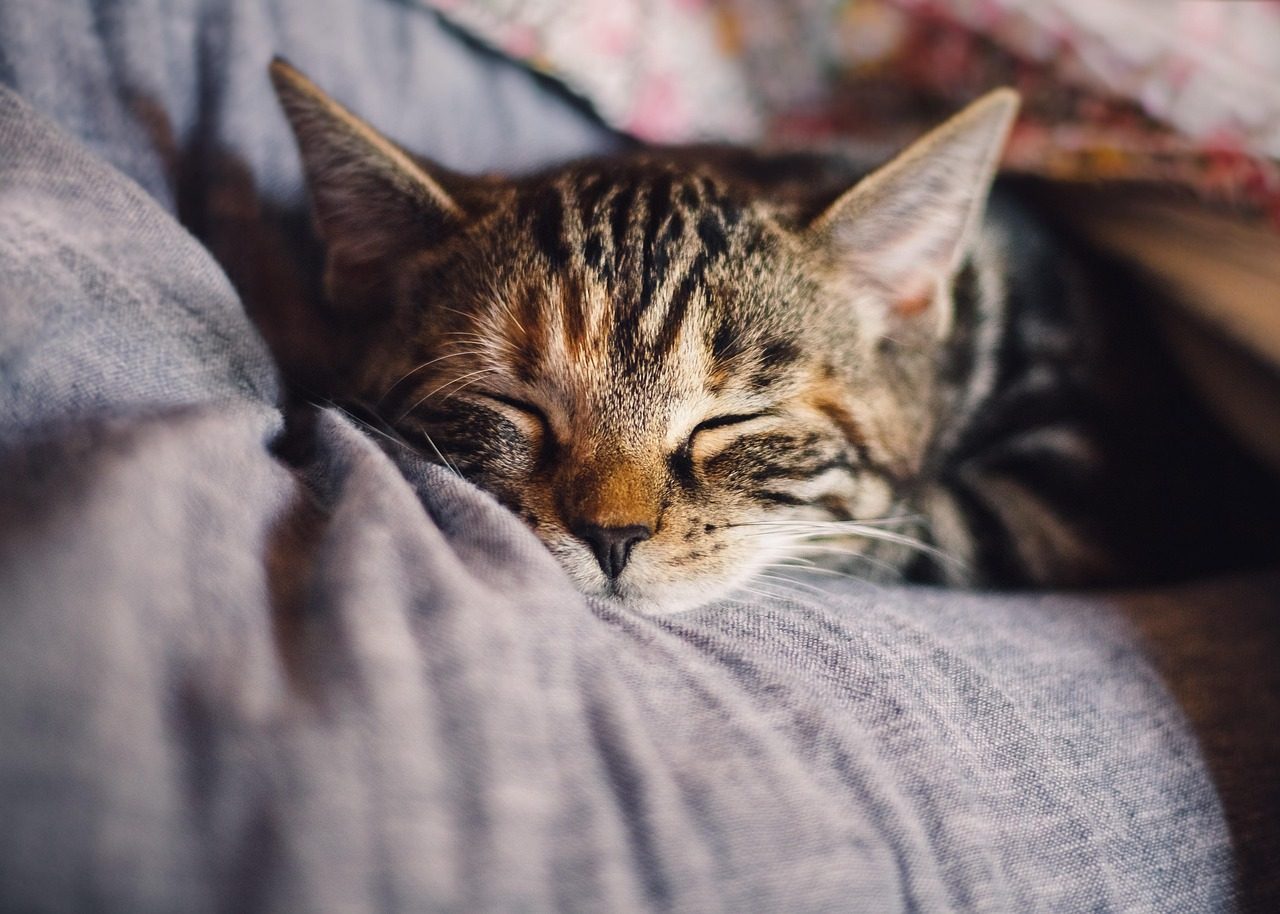
Less common calls from mature cats included purring, conspecific greeting calls or murmurs, extended vocal dialogues between cats in separate cages. These soft, indistinct vocalizations sound almost like your cat is talking to themselves or muttering under their breath.
murmurs when settling in for sleep shows how cats use these gentle sounds as part of their routine comfort behaviors. It’s similar to how humans might hum softly while doing tasks or sigh contentedly when relaxing. Your cat’s murmurs often indicate they’re processing their environment or settling into a comfortable state.
Tiny Questioning Sounds
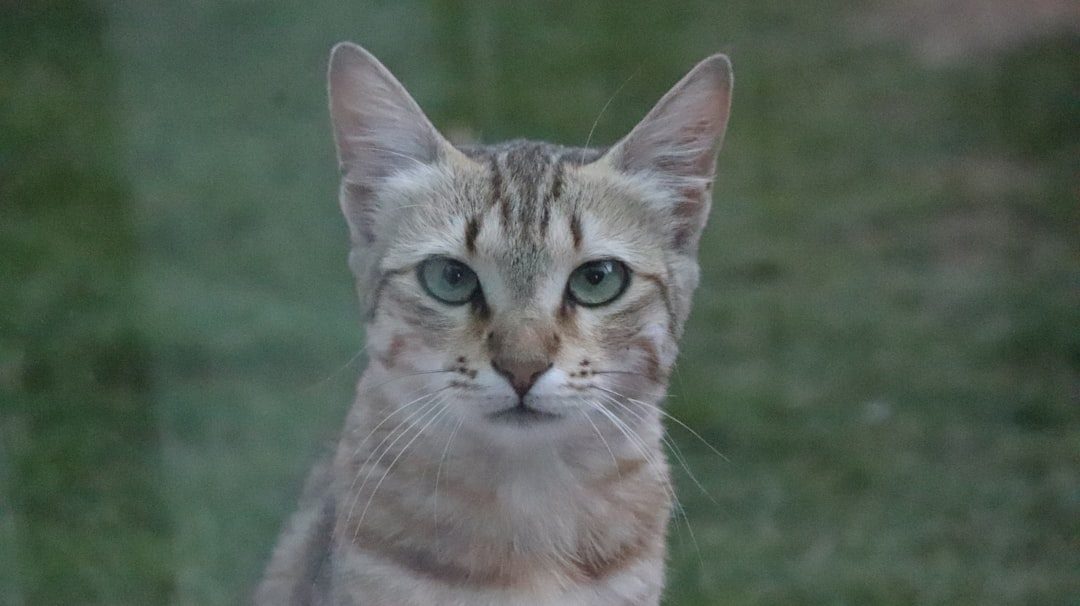
Sometimes cats make the smallest upward inflection sounds, almost like they’re asking “really?” or “what?” in the tiniest possible voice. These questioning chirps or micro-meows often happen when something has surprised them or when they’re trying to figure out what you want from them.
A mix between a meow and purr, the trill is often described as a friendly “mrrp” or “cat activation” sound. High-pitched and repetitive, it comes out in short bursts. When delivered very softly, these sounds show your cat is engaged and curious about the interaction but approaching it cautiously or politely.
Conclusion

You may become so attuned to your kitty’s personality and habits that you’re able to detect subtle changes in their mood and even recognize health problems before physical signs of illness appear. Learning to recognize these subtle sounds opens up a whole new level of communication with your feline companion.
The next time you’re with your cat, try listening more carefully to the quiet moments between the obvious meows and purrs. You might be amazed at how much conversation you’ve been missing. Your cat has been whispering to you all along, you just needed to learn their secret language. What subtle sounds have you noticed from your own cat that surprised you?





